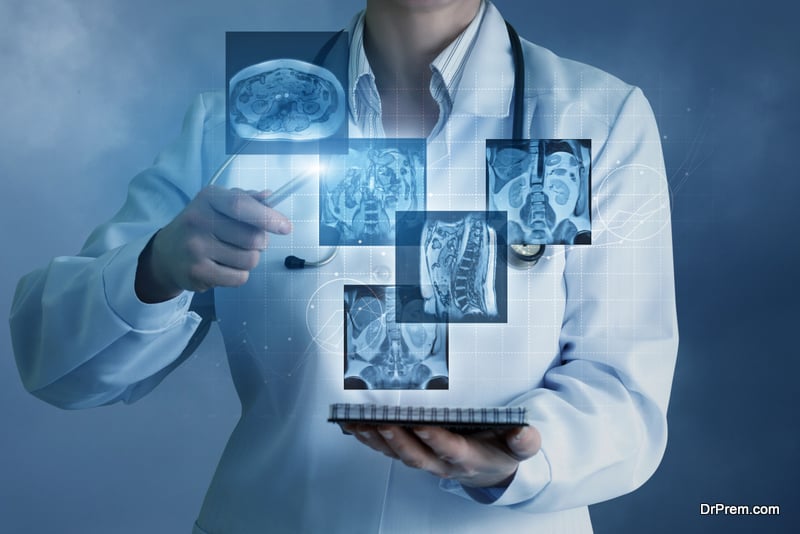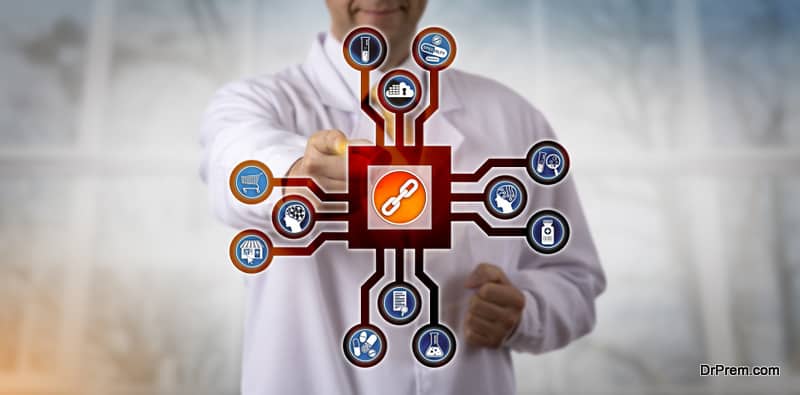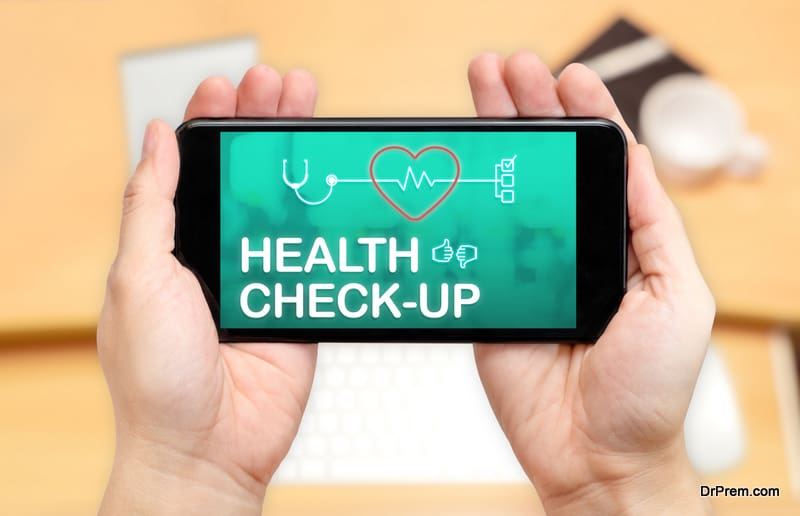Global healthcare technology trends are diverting consumers in mass to the ‘Digital Front Door’. Thanks to the pressing need to serve more with less means, ensuring improved health outcomes and patient experience.
A 2020 Mckinsey Global Institute report says existing and market-fit interventions can wipe out 40% of the current disease burden by 2040. And upcoming healthcare innovations can cut it further by 6-10%.
Patient-generated data is another aspect that is already seeing some revolutionary changes as is the department of health e-commerce. The future of healthcare- not just in first-world nations but everywhere will be dependent on how things play out in the coming few years. It is interesting to watch how technology trends are set to influence global healthcare and consumer behavior.
Guide to Future Healthcare Technology Trends – Evolving needs, Vital Facts, and Latest Innovations
-
How Artificial Intelligence is driving global healthcare technology trends?
-
How remote healthcare is evolving with virtual hospitals?
-
Metaverse hospitals for immersive patient experience
-
Digital Twins for predictive treatment outcomes
-
The changing dynamics of global healthcare technology with integrated and interoperable solutions
-
Smarter Wearables make a stronger presence in global healthcare IT
-
Blockchain to boost Healthcare Data security
-
Patient monitoring goes out of the hospital
-
Powering 80s as the new 60s, the evolving global healthcare technology trend
-
Nanomedicine enters our daily life
-
Neural implants awaiting a breakout
-
Next-Gen Chat GPT, the new disruptor in global healthcare technology trends
-
Voice Bots to get a wider recognition
-
On-demand healthcare with mHealth
-
Virtual Assistance, a game-changing healthcare technology trend
-
Advanced Robotics – Surgery and beyond
-
Robots for senior care
-
5G – A boost to global healthcare technology trends
-
Machine vision, another game changer in global healthcare IT trends
-
3D Printing for more personalization in global healthcare technology
-
AR, VR, and Mixed Reality for multipronged approach in global healthcare technology
-
Wearable devices and how it affects healthcare IT trends
-
Telemedicine seeing wider adoption in global healthcare technology
-
A new era of Virtual Healthcare is on the horizon
-
Videoconferencing tech boosts mental health
-
Relation between doctors and hospitals gets attention
-
Predictive Analytics, the pillar of global healthcare technology
How Artificial Intelligence is driving global healthcare technology trends?
Do you know AI can help up to $360 billion in annual healthcare savings in the US alone if adopted widely? Published by Mckinsey and Harvard, the report emphasized that this major saving could be achieved from enhanced clinical operations by optimizing operating rooms and quick detection of adverse events.
Physicians can leverage AI for improved continuity of care. Savings from health insurers could be from an improved claim management system and provider relationship management including preventing patient readmissions.
Global health workforce shortage is a growing concern that is weakening healthcare systems all over the world. The world will fall short of 18 million healthcare workers by 2030 without any intervention. 80 million healthcare workers are needed to meet the growing demands of the global population by 2030. AI has stepped in with seamless workflow automation systems helping in better care delivery models and improving operational efficiencies.
AI is one technological industry that has truly come into its own in the past few years and healthcare IT trends dictate that it will make its presence felt in the healthcare sector as well. It has been a steady progress- as of now most AI activities in hospitals center on doing robotic automation assistance but expect this situation to change.
Artificial Intelligence will eventually be used for clinical decision support, disease management and pathology. Along with many other innovations like the RIS mobile platform, AI is taking healthcare to a brand new level. Industry insiders are predicting that as soon as the end of next year around half if all leading healthcare systems will be using some form of Artificial intelligence assistance and support.
Among the many emerging healthcare trends to happen in recent times the advent of artificial intelligence assistance is the most well know to the general public. The science fiction image of robots doing open heart surgery is not too far off in the future- soon we would be operated by robot surgeons.
Over 60% of respondents in a survey expect AI and ML to have the best impact on chronic disease management.
How remote healthcare is evolving with virtual hospitals?
A step up in telemedicine, virtual hospitals are set to reshape remote healthcare even cross-border healthcare with cloud medicine, AI, and machine learning. Patients in the comfort of their homes or other localized settings can avail of quality care from the choicest providers.
Specialized physicians operate from a call center-like environment equipped with advanced screens and tech tools guiding patients or other healthcare providers thousands of miles away. In medical tourism, patients can have a prior experience of a facility service quality and consultation through a virtual hospital setup before zeroing on it.
In medical imaging, we are likely to see centralized radiology operation centers connected with radio imaging experts and technologists at the other peripheral scanning centers for quick and real-time diagnosis.
Virtual Tele-ICU setups can provide bedside critical care service regardless of the location of the hospital. A central Tele-ICU facility can monitor hundreds of remote ICU beds with tele-video system, predictive analytics, and real-time data visualization ensuring prompt care and attention to patients whenever they need it.
According to a Forbes publication, facilities providing remote care to patients grew from 43% in 2020 to 95% today.
Metaverse hospitals for immersive patient experience
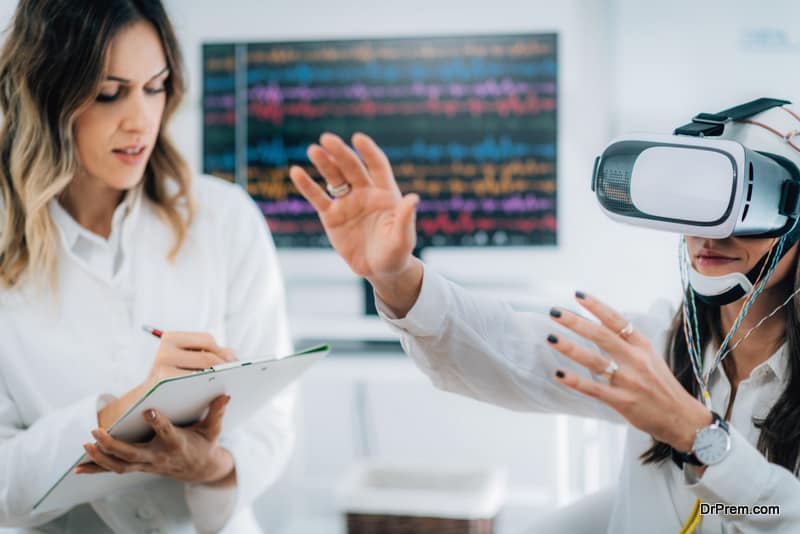
They can get the feel of the hospital and doctors before an in-person visit. In medical tourism, this immersive experience is poised to be a deal-maker where a patient can experience everything beforehand and avoid unpleasant surprises during their stay or visit.
More than 80% of healthcare executives expect Metaverse to have a positive impact on the healthcare industry.
Digital Twins for predictive treatment outcomes
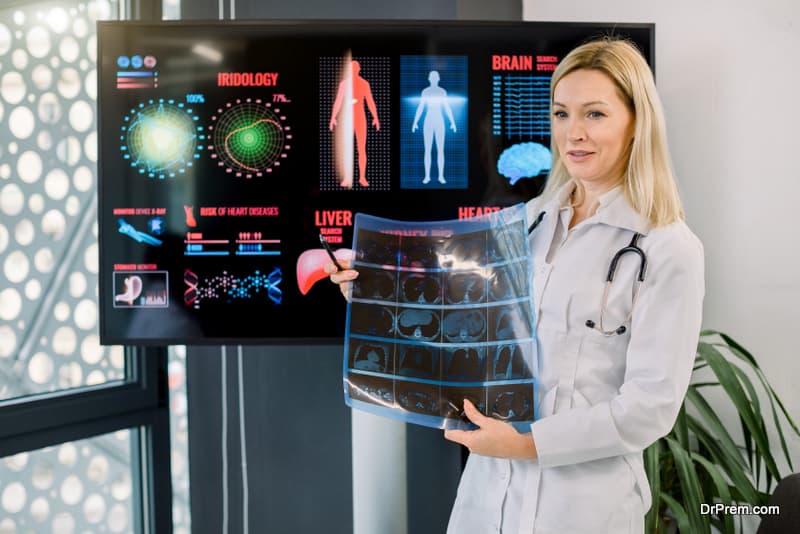
Digital twins in healthcare aim to accelerate delivery and treatment quality with a more strategic approach in treatment plans where outcomes are guaranteed. Providers will be able to forecast patient response and behavior of a particular treatment or medication from data gathered from the simulated ‘Avatar’ of the patient.
Creating a near real-time replica of a physical object is known as the digital twins. In healthcare, it is the life-long data of an individual powered by AI to question the data and get specific answers. With this, doctors can assess the success probability of a particular treatment procedure. Digital twins can help in enhancing efficacy of precision medicine with patient-centric approach improving patient experience. Although in the early stages of development, its future potential is unlimited.
Do you know medication ineffectiveness ranges from 38% -75% in a variety of illnesses from depression to osteoporosis?
The changing dynamics of global healthcare technology with integrated and interoperable solutions

The coming years will see more interoperable informatics solutions and platforms that will facilitate connecting different facilities irrespective of geographical locations. This will facilitate the distribution of expertise across different sites by easily connecting with different vendors.
Mckinsey forecasts IoT in healthcare to provide a potential economic boost of $4-11 Trillion by 2025 attracting global investors and startups.
Smarter Wearables make a stronger presence in global healthcare IT
The US consumer base in wearables grew from 9% to 33% in just 4 years! From smartwatch and Fitbit, wearables are traversing a long journey for a bigger impact on preventative healthcare. Notable upcoming health wearables are Biosensors that offer a radically different experience from smartwatches and Fitbit.
This self-adhesive patch collects data about the patient’s heart rate and respiratory rate allowing them free movement and is known to reduce deterioration and prevent cardiac arrest by 89%. Smart gloves will help in reducing tremors of Parkinson’s disease. Wearables tracking activity levels, sleep patterns, and heart rate will also help in early prediction of depression.
Advanced wearables will act like “edge devices” equipped with processors for device analytics. This means lesser sharing in the cloud and other devices and enhanced data security and privacy.
In a global population of over7.5 billion, nearly 1 billion use smart wearables.
Blockchain to boost Healthcare Data security
Do you know the resale value of a single healthcare record? It is $70-$100. 42 million healthcare data got exposed between March’21-February’22. 90% of the healthcare institutions have faced at least one incidence of data breach in the last few years.
Blockchain’s most effective and obvious use in healthcare is for enhanced data security and privacy. As patient data sharing between organizations increases, blockchain ensures the blocking of data breach vulnerability to the best extent. Data sharing through blockchain technology is deemed impossible to extract.
Global healthcare can make massive savings of upto $100-$150 Bn per year by Blockchain technology.
Patient monitoring goes out of the hospital
Is in-hospital patient monitoring enough to ensure recovery and healing? While hospital-home connection and ambulatory facilities see more uptake, wearable patches could be the best tools for seamless remote patient monitoring. RPM or Remote Patient Monitoring could be effective in treating chronic and acute conditions allowing physicians to keep a tab on patients and reducing their hassles of post surgery clinic visit.
Post-hospital discharge, patients are allowed normal physical activities where caregivers can monitor their health by data analysis in cloud-based AI that facilitates early detection and timely intervention without risking patients’ lives.
A 2020 study found a 4-fold reduction in rehospitalization of knee and hip replacement patients using remote patient monitoring tools.
Powering 80s as the new 60s, the evolving global healthcare technology trend

Growth of Circadian Health Tech

The US loses more than $411 billion dollars and 1.23 million working days each year due to lack of sleep.
Nanomedicine enters our daily life
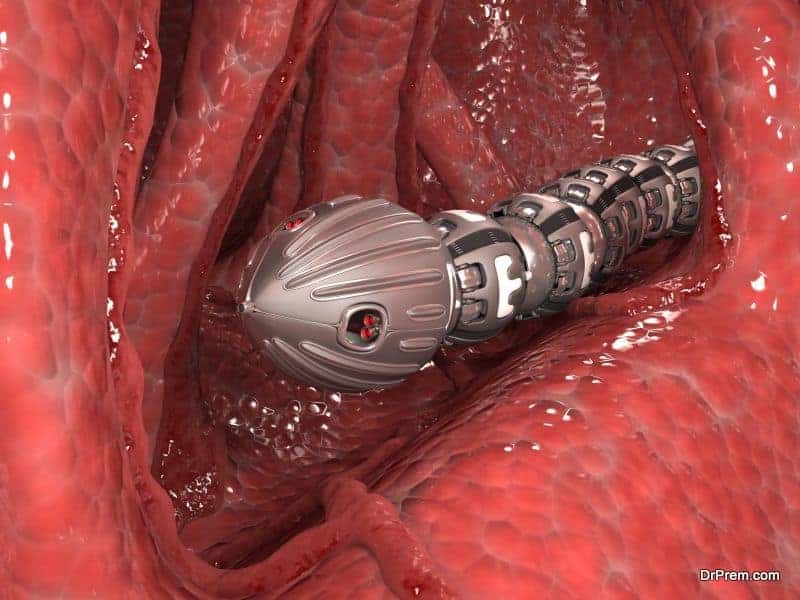
For example, a group of nanorobots inserted in the blood vessels can hunt cancer cells and viruses or help in identifying high-potential cells that might lead to cancer and other autoimmune diseases. Nanomedicine shows promising efficiency in patient rehabilitation treatment, regenerative medicine, and other types of disabilities considered incurable.
Did you know misdiagnosis kills 40,000 -80,000 people every year and hampers the recovery of millions?450 million diabetes across the world goes through painful and inconvenient blood glucose monitoring.
Neural implants awaiting a breakout
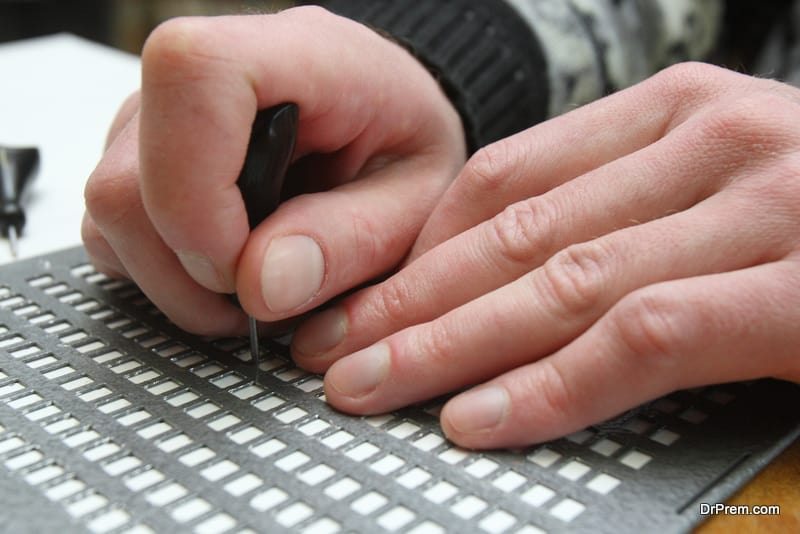
Startups and organizations are focusing on enhanced applications to restore special physical independencies in patients hit by paralysis or blindness.
In 2021, a penny-sized microelectrode array implanted in a blind person enabled her to recognize letters and shapes. Although the road to widespread application is long, the ability of implants to restore disabilities to some extent is amazing.
Next-Gen Chat GPT -the new disruptor in global healthcare technology trends

Next-Gen Chat GPT will be smarter in providing 24X7 patient monitoring and non-stop medical expertise helping in better chronic disease management. The services will cost much less compared to the massive cost that people incur in chronic disease management which is about 90% of the total healthcare cost.
Voice Bots to get a wider recognition
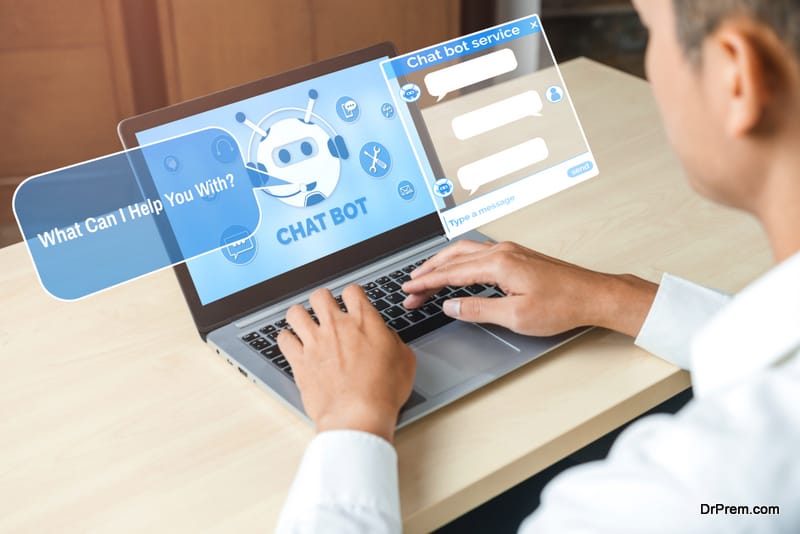
A physician’s voice narrative can be created into rich text and fed seamlessly to different EHR platforms. This will help in getting real-time insights and faster and more accurate decision-making. Voice assistants will find more use in guiding patients. Days are not far when we will see integrated Voice AI and ChatGPT stepping up the efficiency in healthcare delivery.
On-demand healthcare with mHealth:
By 2030, mHealth is likely to feature as a standard treatment protocol in most of the diseases. Mobile self-care in mHealth leads to better patient engagement and help in more personalized healthcare and cost saving. Real-time connected healthcare soon will be a regular activity.
Patient-first experience to leap with biometrics and contact-less payments
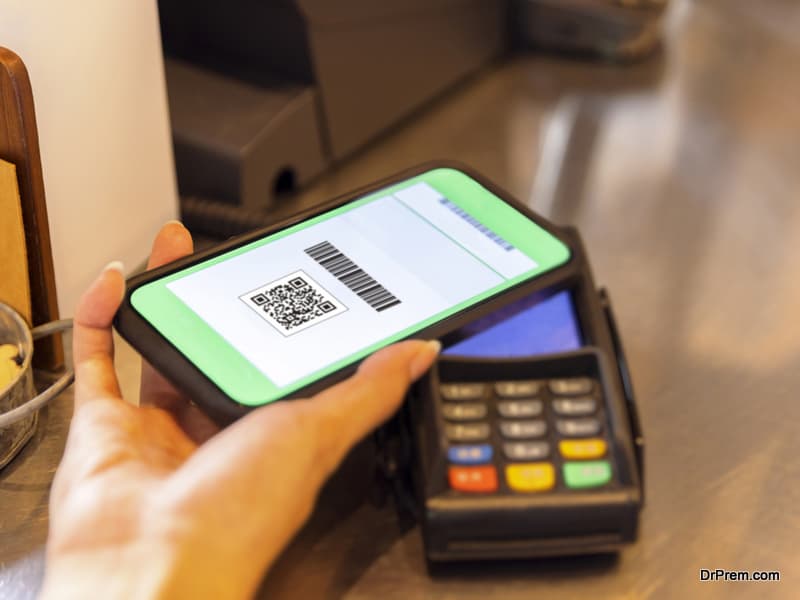
Virtual Assistance, a game-changing healthcare technology trend

Advanced Robotics – Surgery and beyond
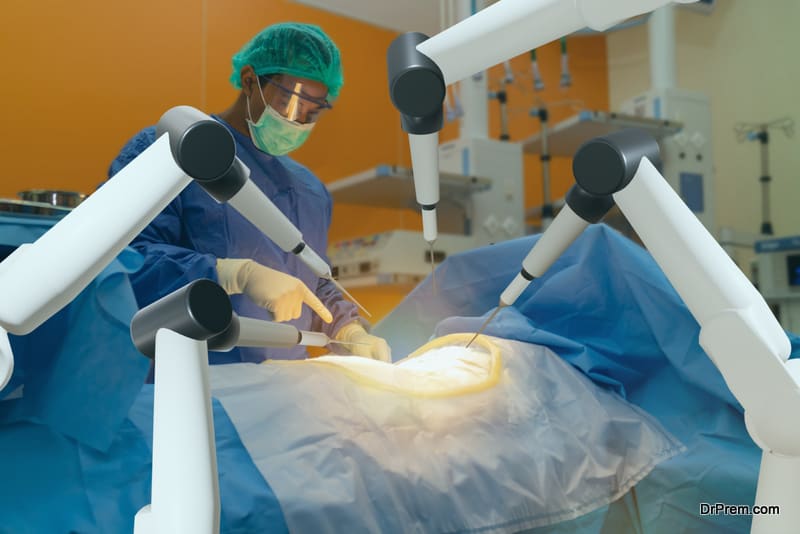
Robots would be entrusted with varied tasks like assisting doctors examine patients through teleservices, helping rehabilitation patients, nursing, transporting medical supplies, disinfecting rooms and packaging devices. Robots in the form of micro-bots are showing promises in targeted therapy allowing to treat only a specific body part without affecting the surrounding part as in radiation or antimicrobial therapy.
Bluetooth connected implanted wireless devices through advanced robotic surgery could be paired with the patient’s mobile app giving him/her more control.
Robots for senior care

5G – A boost to global healthcare technology trends

Machine vision, another gamechanger in global healthcare IT trends
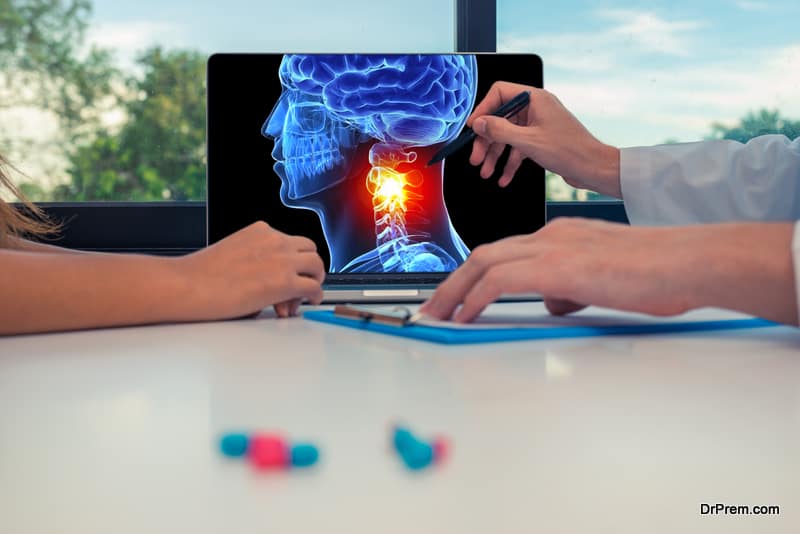
3D Printing for more personalization in global healthcare technology
The one-size-fits-for-all is fading from global healthcare. 3D printing is showing a new way in replication by creating patient-specific organs and body parts. Imagine organ transplantation with 3D printed heart, kidney, etc. 3D printed prosthetic limbs would rightly fit the patient’s requirements. It is cost-effective providing more comfort to the patient. It is seeing more applications in dentistry and orthodontics.
AR, VR, and Mixed Reality for multipronged approach in global healthcare technology

Augmented Reality however is one of the emerging healthcare trends this year. The VR and AR market in healthcare is expected to touch $5.1 billion by 2025.
VR is helping patients suffering from depression, autism, and cancer and vision impairment. AR can be used to see diagnoses and procedures in front of everyone’s eyes- which will be great for training purposes. It is providing additional support to surgeons and physicians in reconnecting blood vessels during a critical surgery. In medical education, there wouldn’t be a need to rote learn content- it will be in front of them anytime they wish with the help of AR.
Although the usage of both AR and VR is in nascent stages in healthcare today, expect them to be an integral part of your hospital in the coming years. Whoever thought Virtual and Augmented reality was only geared towards gamers and tech enthusiasts was clearly wrong.
AR and VR intertwined gives mixed reality. It not only extends educative possibilities of medical professionals and students but also helps in making patients understand their conditions and proposed treatment plans.
Wearable devices and how it affects healthcare IT trends

These devices were unleashed for the health conscious that could record their daily run or swim but they are here to stay and be integral in the future- according to a report from an international data corporation by 2020, approximately 25% of the population will be wearing and recording their health data.
A person can record and share their information with their doctors or healthcare units. Healthcare IT trends will involve a lot of wearable devices. Everything from blood pressure to heart rate will be recorded by the individual. The doctors can keep daily track and even a slight difference would immediately be noticed and the individual will be alerted. This is revolutionary.
Telemedicine seeing wider adoption in global healthcare technology
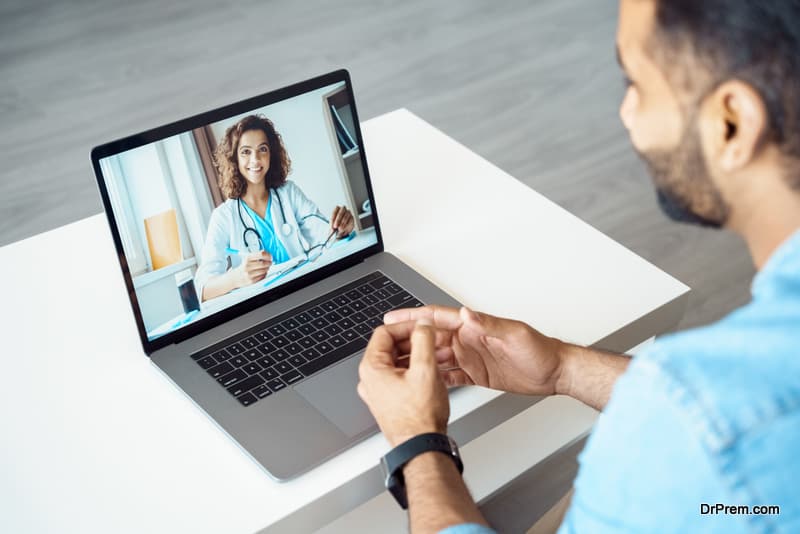
If healthcare IT trends had one choice, which is overwhelmingly that is desired by the masses- it is telemedicine. A recent advisory board survey found that a staggering 77% of consumers are interested in receiving their healthcare virtually, from the comfort of their homes and 19% had already done so, and enjoyed the process.
The accessibility, freedom and comfort afforded will make sure telemedicine is a routine experience in healthcare in a few years. Again- expect this trend to become the norm not just in first world nations but around the world.
A new era of Virtual Healthcare is on the horizon
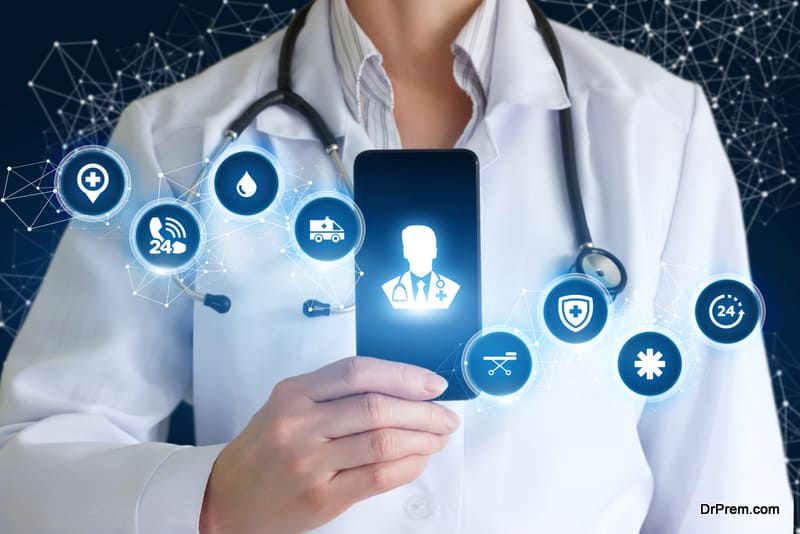
Videoconferencing tech boosts mental health

In recent months, healthcare implications of videoconferencing have moved far beyond the physical health, it has become an important tool to boost mental health as well. Meeting friends and loved ones far away through videoconferencing has unusual emotional benefits according to a psychologist. This face-to-face virtual communication triggers the release of specific neurotransmitters that lower the stress and anxiety.
Relation between doctors and hospitals gets attention
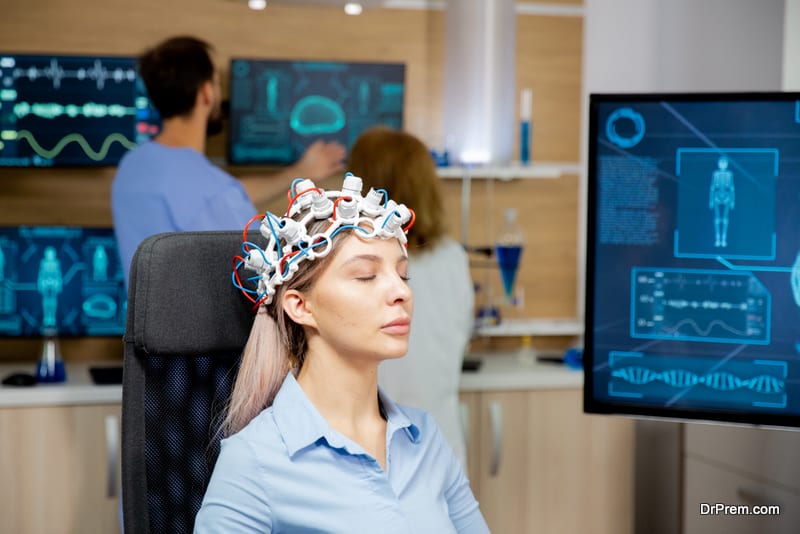
The new trend would be seeking long-term employment with health systems. How this will affect practices and trends in other parts of the world is yet to be foreseen but it could be similar to the American system. Most systems or even large hospitals are getting better equipped and smoothly run, not to mention insurance issues- many patients today are uninsured which directly affects healthcare.
Expect doctors to find steady, well-maintained work in Government institutions and forego independent practice. Healthcare technology trends will define a steady relationship between the doctor and the healthcare unit.
Predictive Analytics, the pillar of global healthcare technology

Final thoughts
Healthcare IT trends will have a major impact not just on the healthcare units but in all society. From the emergence of robotics and AI to individual decisions by practicing physicians and doctors the healthcare landscape is going through a major change.





